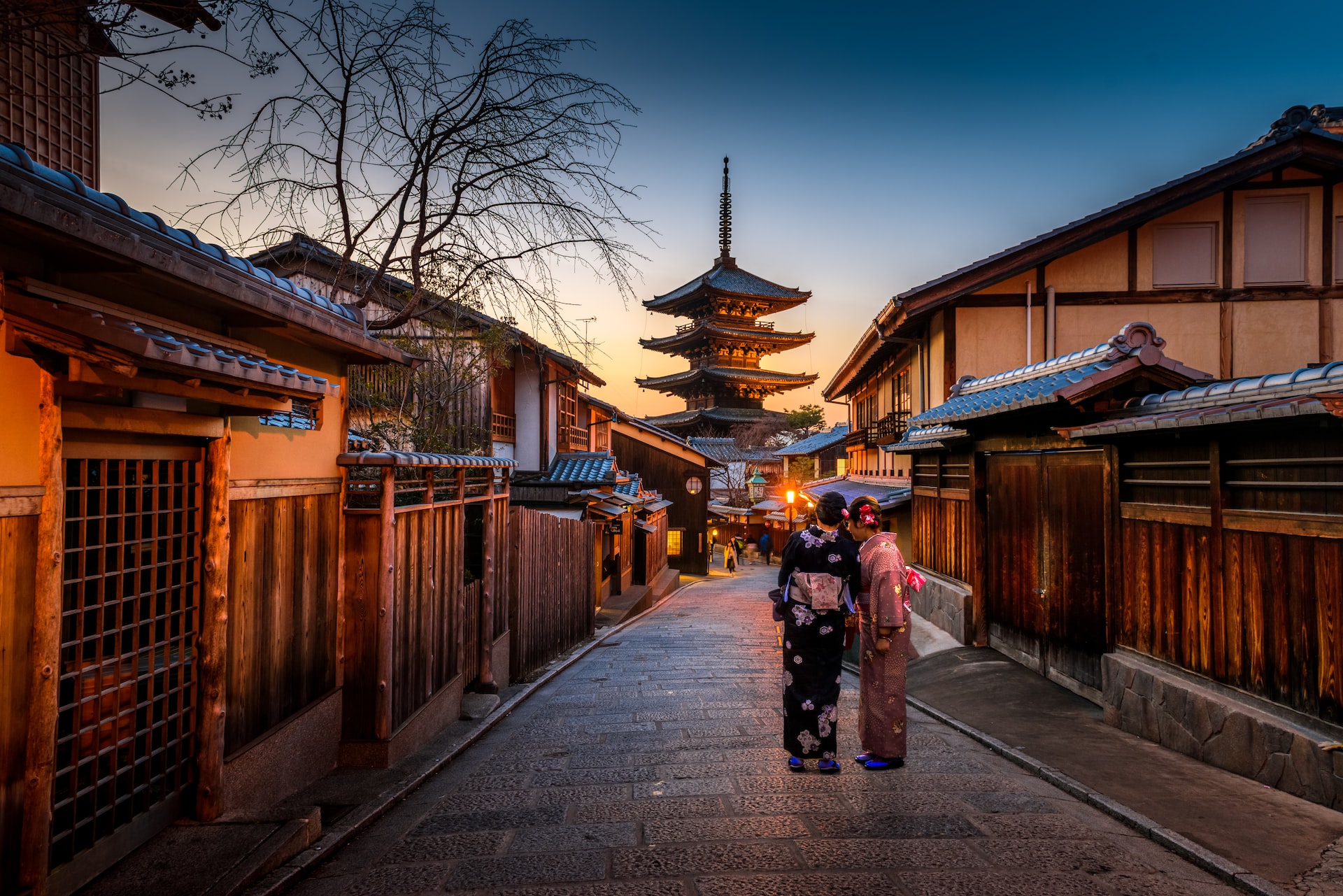
Japanese culture and tradition are an integral part of the nation’s history, heritage, and identity. It has developed over centuries through regional influences and played a significant role in politics, social life, and religion. Traditional Japanese culture encompasses everything from ancient martial arts practices to modern-day customs such as eating sushi or playing video games. The main elements that make up Japanese culture and tradition are language, religion, art, cuisine, music, and dance.
Exploring the Beauty of Japanese Culture and Tradition
Exploring the beauty of Japanese culture and traditions is an enriching experience. From the elegant kimonos to the intricate art of origami, from the stunning paintings of ukiyo-e to the unique traditional festivals – each element of Japanese culture has its unique beauty that can be experienced by both locals and visitors alike.
Kimonos are traditional Japanese clothing for women, usually made from a single bolt of colorful silk fabric. Kimono styles have evolved, but their timeless beauty remains the same. Origami is an ancient art form that has been practiced in Japan for centuries. It involves folding paper into intricate three-dimensional designs, such as cranes and flowers. Ukiyo-e, meaning “pictures of the floating world”, is a type of Japanese woodblock printing that dates back to the 17th century. The vivid colors and detailed scenes depict the beauty of nature, with each print being a unique piece of art.
Traditional festivals are also an important part of Japan’s culture. The most well-known of these is the ancient Gion Matsuri Festival held in Kyoto, which celebrates the god of business success and prosperity. This festival includes a procession of floats adorned with traditional dolls and musicians, as well as a fireworks display to symbolize good luck.
Discovering the Meaning Behind Traditional Japanese Symbols
Japanese culture is known for its rich history and traditions. Many Japanese symbols have been used throughout the centuries to convey various meanings. From religious symbols to art, many of these symbols are still used today and continue to be popular items in Japan’s culture. To understand the meaning behind these traditional Japanese symbols, one must look at their histories, contexts, and uses.
One of the most significant traditional japanese translation services symbols is the Kamon, which are family crests used to distinguish a family from others. The Kamon consists of a simple design such as a flower or animal that has been passed down through generations within the same family. Many families take pride in their unique Kamon and display it prominently on clothing, flags, and other items.
Another important traditional Japanese symbol is the Manji. This Buddhist symbol represents the eternal cycle of life, death, and rebirth. It is formed by two intersecting lines that create four sections that point in different directions–north, south, east, and west–symbolizing the four cardinal points and the concept of interconnectedness. The Manji is often seen in temples, shrines, and other religious settings.
Buddhist imagery is also popularly used in traditional Japanese art. One example is the Daruma doll, which is thought to bring good luck and ward off bad spirits. The doll has an image of the founder of Zen Buddhism, Bodhidharma, on its face and is often seen in homes and businesses as a symbol of good luck.
And finally, the Sakura, or cherry blossom flower has become a powerful symbol of Japan’s culture. The beauty of the Sakura is said to represent the transient nature of life and its fleeting beauty. Each year, millions of people come to Japan to view the cherry blossoms during their short blooming season, which typically lasts for a few weeks in late winter or early spring.
Unveiling the Mysteries of Ancient Japanese Rituals and Festivals
Japan has a long and rich history of rituals, festivals, and celebrations that have been practiced for thousands of years. From the ancient Shinto ceremonies to more modern holiday traditions, Japanese customs are steeped in culture and symbolism. Unveiling the mysteries of these ancient Japanese rituals and festivals can be both fascinating and enlightening.
The ancient Shinto religion is the source of many traditional Japanese rituals. These include seasonal rites, harvest ceremonies, and celebrations honoring the gods. Many of these rituals involve purification, prayer for a good harvest, offerings to deities, and gathering in family groups. The practice of the tea ceremony is also rooted in ancient Shinto traditions, which emphasize harmony and respect for nature.
Modern holidays in Japan have also been influenced by traditional customs. New Year’s celebrations, for example, are a mix of ancient practices such as the ringing of bells and the burning of incense to honor gods and family ancestors, with newer traditions like exchanging gifts and eating special foods. Lantern festivals, parades, and bonfires are also popular holiday events.
Some of the most well-known festivals in Japan originated hundreds of years ago. For example, the cherry blossom festival is an important annual event that celebrates spring’s beauty as well as new beginnings. Other famous festivals include Tanabata (the star festival), Obon (the dead ancestor festival), and the Gion Matsuri (a month-long festival in Kyoto).
Unveiling the mysteries of ancient Japanese rituals and festivals can help us to better appreciate Japan’s long history and culture. By understanding these customs, we can gain insight into how people once lived, what their beliefs were, and why certain celebrations and traditions are still so important today.